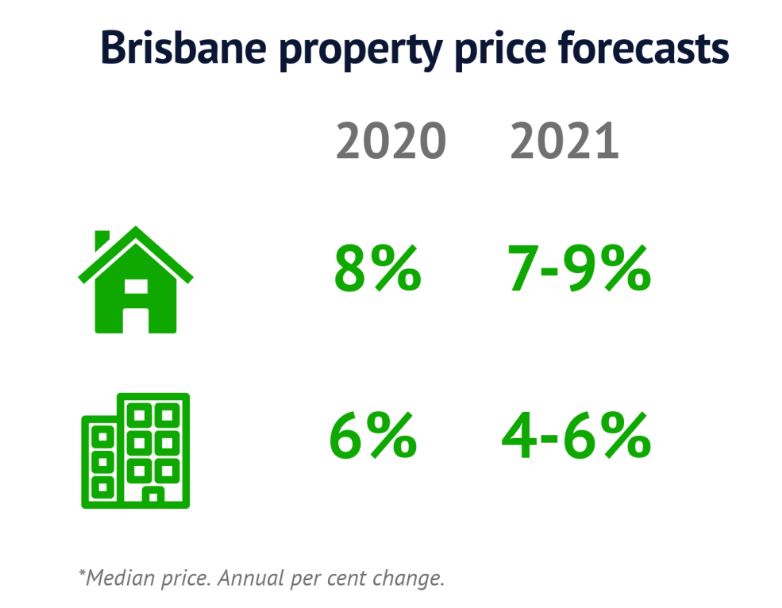Queensland Market on the Up and Up
Momentum is continuing to build in the Queensland market with sales activity and house prices strengthening.
The REIQ Queensland Market Monitor (QMM), released on Monday, found the numbers of sales have increased significantly compared to the previous quarter and compared to last year.
According to the report, the preliminary numbers of house sales across Queensland increased 22 per cent in the June quarter compared to the March quarter.
And the improvement in the market is even more pronounced when you contrast it to the same period last year with sales numbers up some 40 per cent compared to the June quarter in 2012.
The September quarter last year was a particularly strong one for the Queensland market and that momentum has been sustained throughout the following three quarters of sales activity.
The June quarter historically yields the lowest numbers of residential sales activity during the year but this data shows house sales are notably much higher compared to the same three months in 2012.
The September quarter and the upcoming spring selling season is typically a great period for the Queensland real estate market. And with such good price and sales results for the June quarter, as well as historically low interest rates, it’s shaping up to be another strong period as our market continues to build momentum.
Over the June quarter, REIQ data shows the median house price in Brisbane increased 1.6 per cent to $527,250 and increased 3 per cent over the year ending June. The numbers of house sales in Brisbane also increased significantly compared to the previous quarter and last year – up 32 per cent and 44 per cent respectively.
The median house prices in Logan City, Moreton Bay and Redland City all also increased over the June quarter.
Quarterly median house prices can fluctuate depending on the types of properties that are selling over that three-month period and this latest REIQ data does show some median price variations.
Over the year ending June, however, the majority of regions posted positive median results which provide a better benchmark for price movements than quarterly data-sets.
Toowoomba posted yearly median house price growth of 4.5 per cent, the Gold Coast increased by 3.1 per cent, and the Sunshine Coast median price grew by 2.3 per cent.
The sales of units and townhouses across Queensland have risen dramatically compared to last year.
The preliminary volume of unit and townhouse sales increased nearly 40 per cent between the June quarter this year and the same period last year.
Sales of units and townhouses across the State have also grown by 15 per cent compared to the March quarter this year.
Both the unit and house markets are gathering steam with sales volumes much improved on the same periods in 2012.
What is also interesting to note is that the preliminary numbers of unit sales this quarter were only marginally lower than during the strong spring selling season last year. That is, there were only 66 fewer sales this quarter than in the September quarter last year.
In fact, the June quarter is usually the weakest of the four quarters throughout the year. Over the last 12-month period, however, this quarter was actually the second strongest and very nearly wore the crown as the stand-out three-month period of unit sales activity.
At the midway point of the year, two very different stories emerged concerning the levels of rental demand around Queensland.
The latest REIQ residential vacancy rate data highlights the different trends occurring within the rental markets of the Sunshine State. On one hand rental demand within South East Queensland region is strong, with most rental markets posting a vacancy rate of 2.5 per cent or less.
While on the other hand, the rental market downturn seen in Mackay and Gladstone appears to now be present in other neighbouring resource centres. A vacancy rate of 3 per cent is generally considered to be the equilibrium point of supply and demand.
It’s apparent that several factors that affect SEQ’s rental markets have culminated to result in such tight vacancy levels as at the end of June. Consistent net migration growth, potential first home buyers remaining on the sidelines and lacklustre residential construction activity are placing further strain on rental markets within this region.
The good news however is that investor activity appears to be finally on the increase. After a typical slow start to the year, property investors are starting to get back on track in 2013, with the total dollar amount loaned to individual investors for the month of May at its highest level since June 2009.



